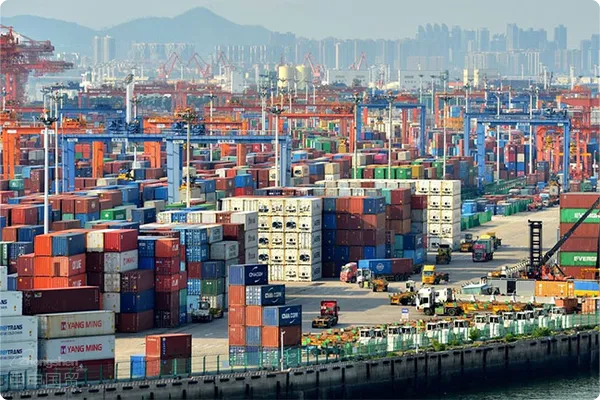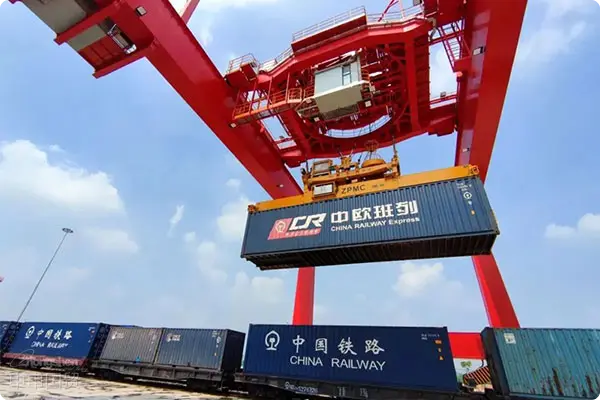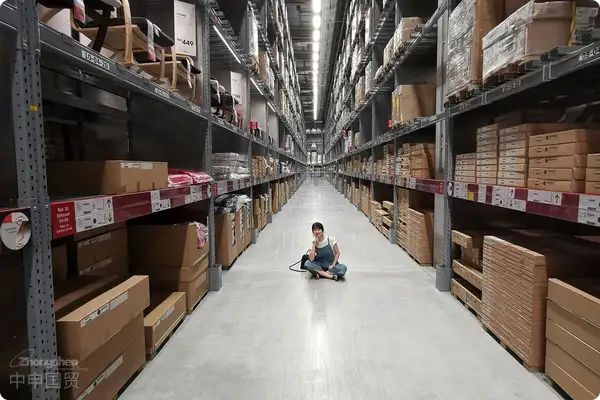- Shanghai Zhongshen International Trade Co., Ltd. - Two decades of trade agency expertise.
- Service Hotline: 139 1787 2118

On the stage of international trade, the price of lighting fixtures exported to Belarus is influenced by multiple factors, presenting both opportunities and challenges.
I. Production Cost Factors
Raw Material Costs
- Lighting fixtures require diverse raw materials, including metals (such as aluminum for housings, copper for wiring), glass, or plastic (for lampshades). If global metal prices rise—for example, aluminum due to increased energy costs or reduced mine supply—production costs for lighting fixtures will inevitably increase. For exports to Belarus, this directly impacts pricing. Similarly, price fluctuations in high-quality glass or specialty plastics will also affect raw material costs.
Labor Costs
- The production of lighting fixtures involves manual labor from component assembly to final inspection. In major manufacturing countries like China, labor costs fluctuate. Rising wages and improved worker benefits gradually increase production costs, which are often passed on to the price of lighting fixtures exported to Belarus.
Production Technology and Equipment
- Advanced production technology and efficient equipment can enhance productivity and reduce unit costs. For example, automated production lines minimize human error and increase output. While upgrading technology and equipment may raise short-term costs, long-term benefits could lower production costs, influencing export pricing. Companies with large-scale production capabilities for energy-efficient lighting may gain a competitive edge in the Belarus market due to technological advantages.
II. Transportation and Logistics Costs
Shipping Distance and Methods
- The distance from manufacturing countries to Belarus is considerable, with primary shipping methods including sea and land transport. Sea freight is cost-effective but slower; land transport (e.g., rail) is faster but more expensive. For example, shipping lighting fixtures from China to Belarus via sea may involve multiple port transfers, incurring additional fees for handling and storage. Longer transit times may also tie up capital, prompting businesses to factor these risks into pricing. Land transport, while quicker, has higher per-kilometer costs, especially for bulky or heavy fixtures, impacting export prices.Maritime TransportationTariffs and Trade Policies
- Belarus tariff policies significantly affect import prices. High import duties on lighting fixtures increase costs, raising retail prices. Non-tariff barriers, such as stringent quality standards and certification requirements, also indirectly impact pricing. Compliance may require additional testing or design modifications, adding costs that ultimately reflect in export prices.
III. Market Demand and Competition
- Belarus lighting market has unique characteristics. For instance, growing emphasis on energy conservation and environmental protection drives demand for energy-efficient fixtures, allowing premium pricing for such products. Regional demand variations also matter: urban areas may favor high-end, smart lighting, while rural markets prioritize affordability, requiring tailored pricing strategies.
Characteristics of Market Demand
- The Belarus lighting market features competition from various regions. European brands may dominate the high-end segment with premium designs, while Asian exporters compete on price in mid-to-low segments. Chinese exporters must balance profitability and competitiveness to gain market share. Intense competition may prompt price reductions, but businesses must avoid unsustainable losses.
Competitive Situation
In summary, the pricing of lighting fixtures exported to Belarus is a complex economic phenomenon influenced by production costs, logistics, market demand, and competition. Exporters must consider these factors holistically to develop effective pricing strategies and succeed in the Belarus market.
On the stage of international trade, the price of lighting fixtures exported to Belarus is influenced by multiple factors, presenting both opportunities and challenges. I. Production Cost Factors 1. Raw Material Costs - Lighting fixtures require diverse raw materials, including metals (such as aluminum for housings, copper for wiring). If global metal prices rise—for example, aluminum due to increased energy costs or reduced mine supply—production costs for lighting fixtures will inevitably increase. For exports to Belarus, this directly...
Related Recommendations
? 2025. All Rights Reserved. Shanghai ICP No. 2023007705-2  PSB Record: Shanghai No.31011502009912
PSB Record: Shanghai No.31011502009912










